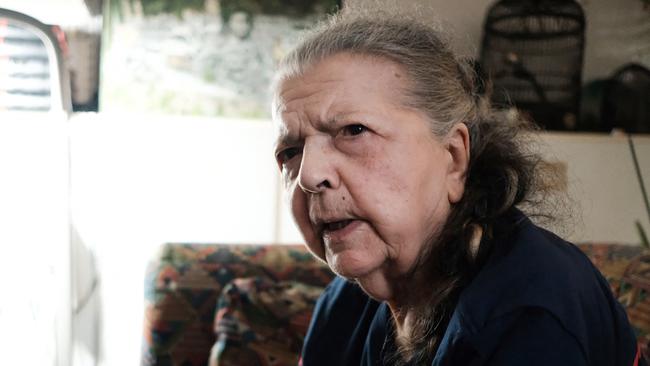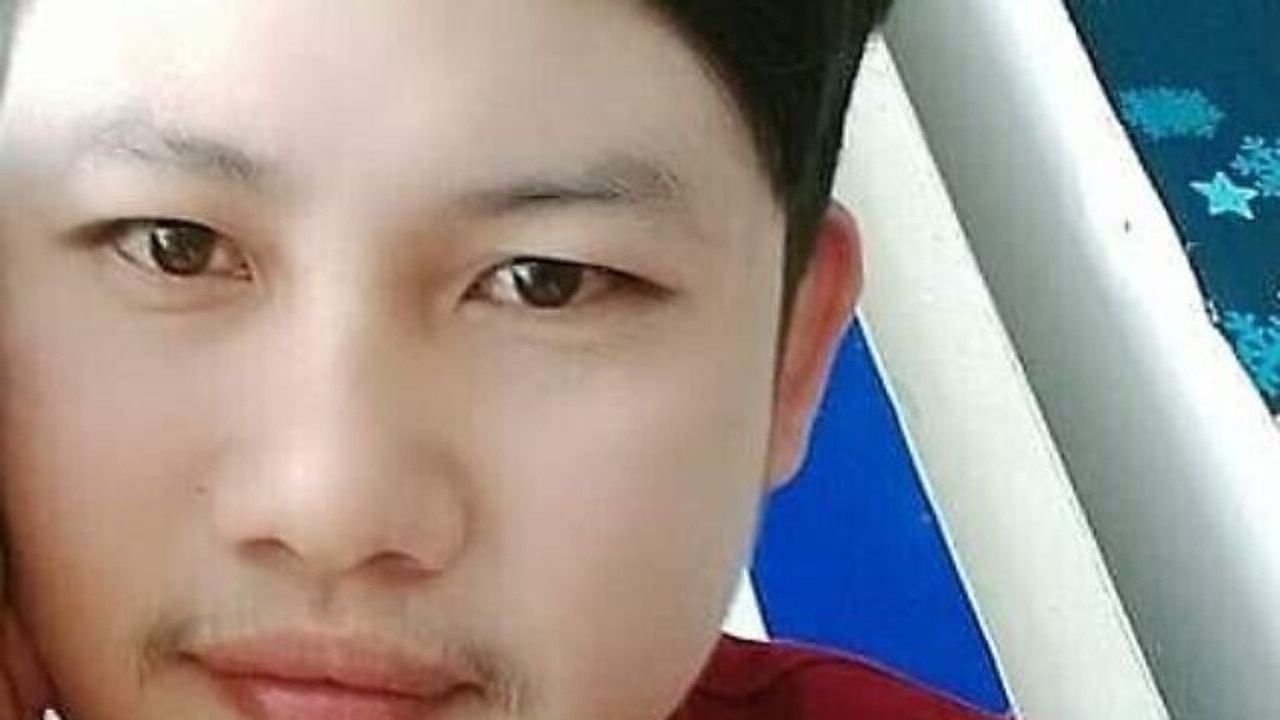French resistance heroine was feted by her liberated country
Arrested by Germans, Madeleine Riffaud was beaten into unconsciousness and forced to witness the torture of others.

OBITUARY
Madeleine Riffaud
Journalist, resistance fighter.
Born Arvillers, France,
August 23, 1924; died
Paris, November 6, aged 100.
Germans enjoy the striking views of Paris. Adolf Hitler visited the city only once, on June 28, 1940. He strolled down the Champs-Elysees, the famous avenue, one of 12 that radiate from the Arc de Triomphe. He had his picture taken at the Eiffel Tower.
By then Germans controlled most of France. But four years after Hitler’s visit, its liberation was under way.
Those years were marked by the cruelty of Germans to the local population, the malevolent collaborators – Judas-like traitors who hated their own country – and a heroic resistance.
The French resistance numbered fewer than it should have, but those who chose to fight the German occupation were among the bravest Europeans.
Hitler’s soldiers had marched into Paris unchallenged; it was spared the bombs that destroyed so much of London, Liverpool and Birmingham. On July 23, 1944 – a beautiful midsummer’s day – a German officer was walking slowly over one of the bridges crossing the Seine, admiring the Louvre and its adjoining Tuileries Garden.
Madeleine Riffaud, 19, who was studying midwifery, cycled up to the uniformed soldier, indicating to a young boy that he move aside. She parked the bike, walked up to the officer and pointed a pistol at him. He reached for his weapon. “I put two bullets in his head. He dropped like a stone,” said Riffaud towards the end of her long life.
She didn’t want to shoot the man in the back; she wanted him to know who was ending his life. He would know why. And she wanted it witnessed by as many French as possible, hoping it might embolden them to fight.
Riffaud had been a member of the resistance since she was 15 but only recently had been given a weapon and trained to use it. She was part of the Manouchian group, a small communist resistance force, and in the months before the bridge encounter, Missak Manouchian and 22 colleagues had been arrested by the Nazis, tortured and executed.
These uncommonly brave man and women did not live to see D-Day or the Allies’ march to Paris and victory in Europe. But Riffaud did. For half a century she would not talk of those days, but she did celebrate her colleagues’ heroism again and again, sometimes in ways that mystified many people.
She rode away that day in 1944 but was pursued by a car driven by a French collaborator that collided with her. She was arrested and handed to the Germans for a bounty. They beat her into unconsciousness and forced her to witness the bloody and bone-breaking torture and execution of others. She refused to give up the names of her colleagues and was sentenced to death. But that August she was part of a prisoner exchange and immediately rejoined the resistance and fought on.
Victory came at a bitter price. After the war she became a reporter for Ce Soir, a communist daily working alongside surrealist, avant-garde poet Jean Cocteau. In 1946 she met and fell under the spell of communist revolutionary Vietnamese leader Ho Chi Minh who visited Paris to reluctantly sign a peace deal (which he soon abandoned).
Riffaud went to Algeria to report from the frontline on its war of independence and later moved to South Vietnam to live among the Viet Cong and report on their war for seven years. They affectionately knew her as Sister Tam. Her reports from there included the first details of the use of the defoliant Agent Orange from whose effects she also suffered. By then she was working for another communist newspaper, L’Humanite.
She also made a documentary about the life of the Viet Cong forces, their everyday existence and the tactics they used to defeat the South Vietnamese army. She fell in love with a Vietnamese poet but was not permitted to marry him.
In her later years, blind in one eye after a traffic accident and less ambulatory – but defiantly living in a fifth-floor Paris apartment with no lift – she would enjoy the birds she kept in cages and reports of her friends’ visits to Vietnam. She made Vietnamese meals for herself every day.
A collection of the poetry she wrote while in captivity was published as Le Poing ferme (The Closed Fist) and published at the end of 1945, illustrated by Pablo Picasso.
She was awarded the Ordre national du Merite by French president Francois Hollande in 2013. She received Vietnam’s Friendship Medal in 2004.
She never despised Germans and of the shooting said: “It wasn’t done with hate, if anything I was pained about having to do it.”



To join the conversation, please log in. Don't have an account? Register
Join the conversation, you are commenting as Logout